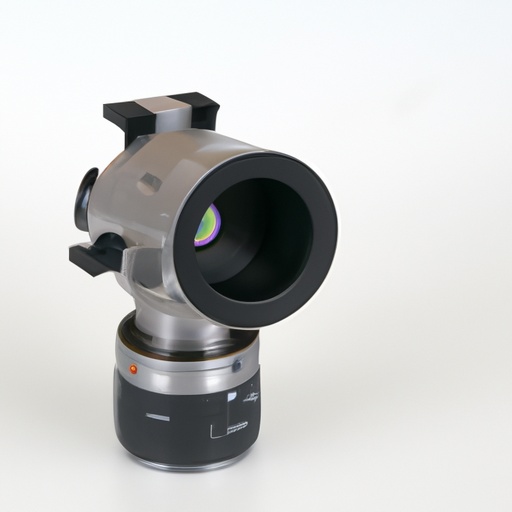CFR-50JB-52-160R Gyroscopes: Core Functional Technology and Application Development Cases
The CFR-50JB-52-160R gyroscope is a specific model within the MEMS (Micro-Electro-Mechanical Systems) gyroscope category, known for its compact size, low power consumption, and high precision. Below, we delve into the core functional technology of gyroscopes and highlight various application development cases where gyroscopes have been effectively utilized.
Core Functional Technology of Gyroscopes
| 1. Principle of Operation | |
| 2. Key Components | |
| 3. Types of Gyroscopes | |
| 4. Performance Metrics | |
| 1. Aerospace and Aviation | |
| 2. Consumer Electronics | |
| 3. Automotive Applications | |
| 4. Robotics | |
| 5. Virtual Reality (VR) and Augmented Reality (AR) | |
| 6. Industrial Applications |
Application Development Cases
Conclusion
The CFR-50JB-52-160R gyroscope exemplifies the critical role of MEMS gyroscopes in various industries by providing accurate motion sensing and orientation data. Its applications span aerospace, consumer electronics, automotive, robotics, VR/AR, and industrial sectors, underscoring the versatility and significance of gyroscopes in modern technology. As advancements continue, the integration of gyroscopes with other sensors and systems will further enhance their functionality and broaden their applications, paving the way for innovative solutions across multiple domains.






